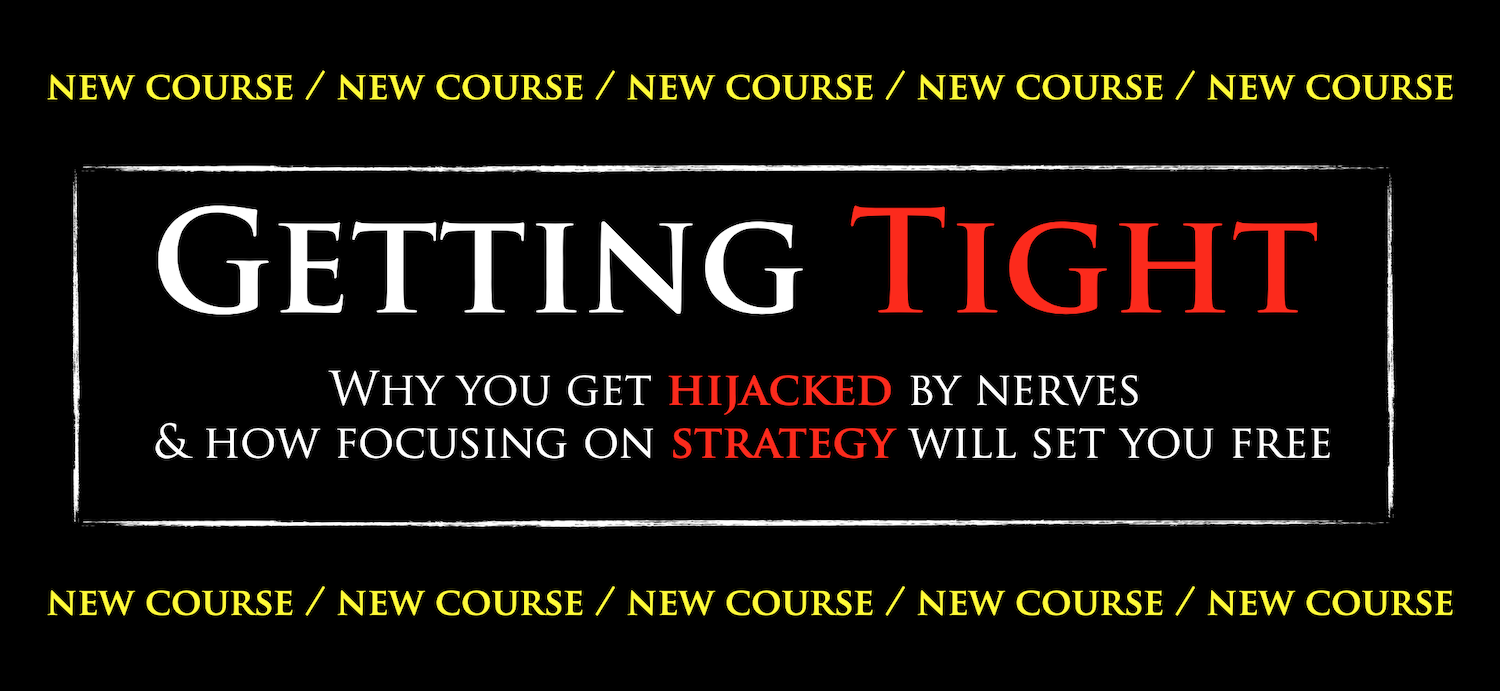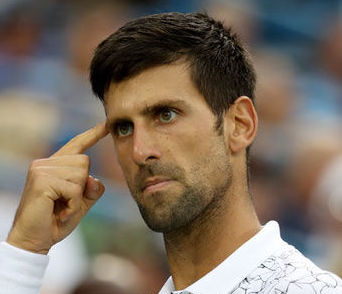
Novak Djokovic
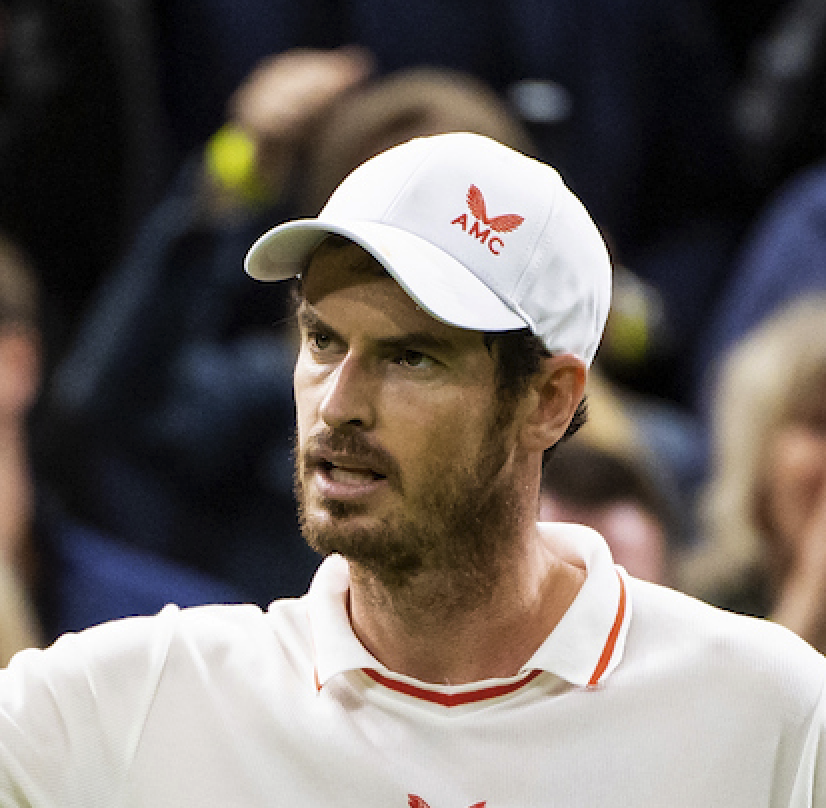


Craig O'Shannessy is leading tennis into a new era of coaching using data & analytics.
Now, you get to learn from the best in the world. Craig has:
Before releasing these tennis strategy courses, this kind of knowledge and coaching was only available to top pros. But now, you can learn the same strategies for a fraction of the cost.
If you're ready to develop a clear plan to improve as a tennis player or coach, these courses are for you!
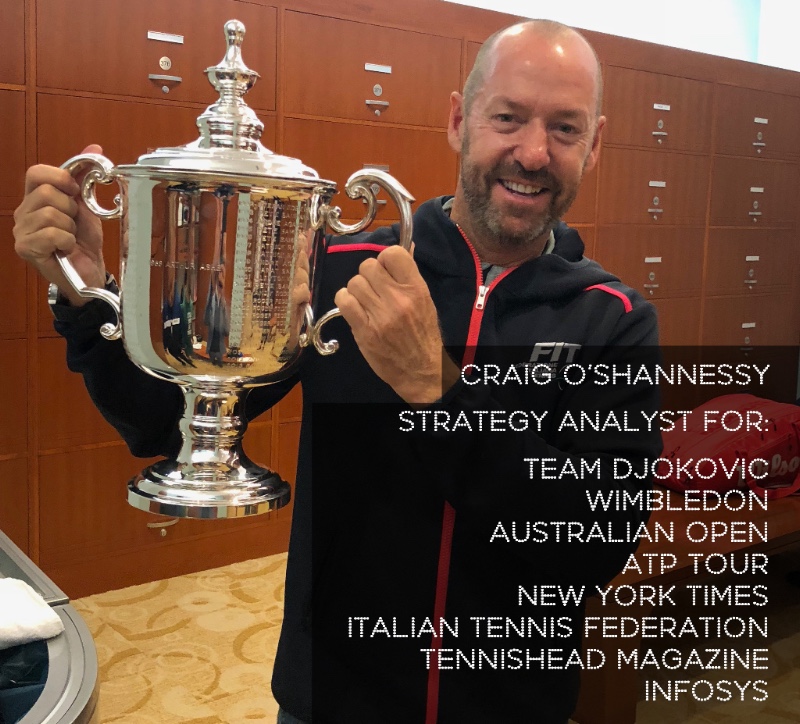

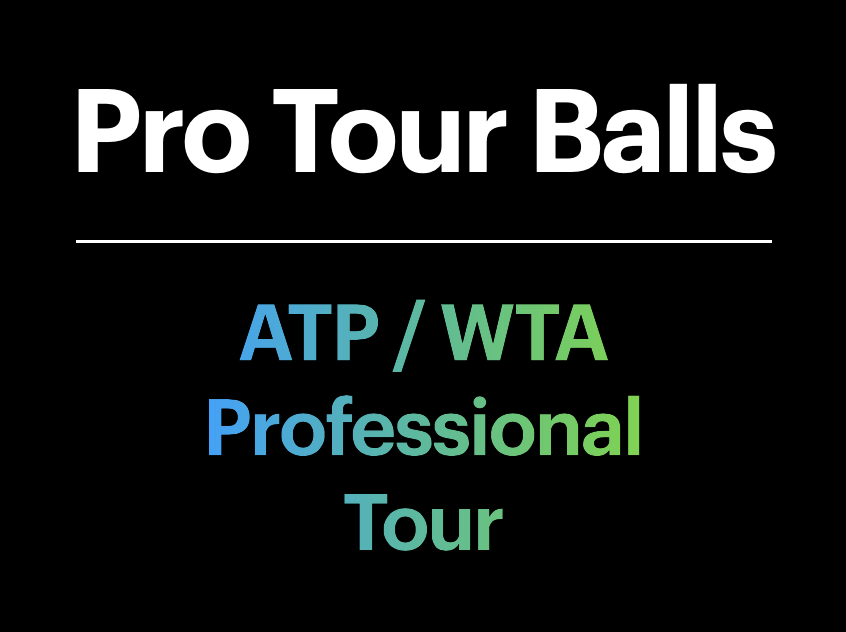


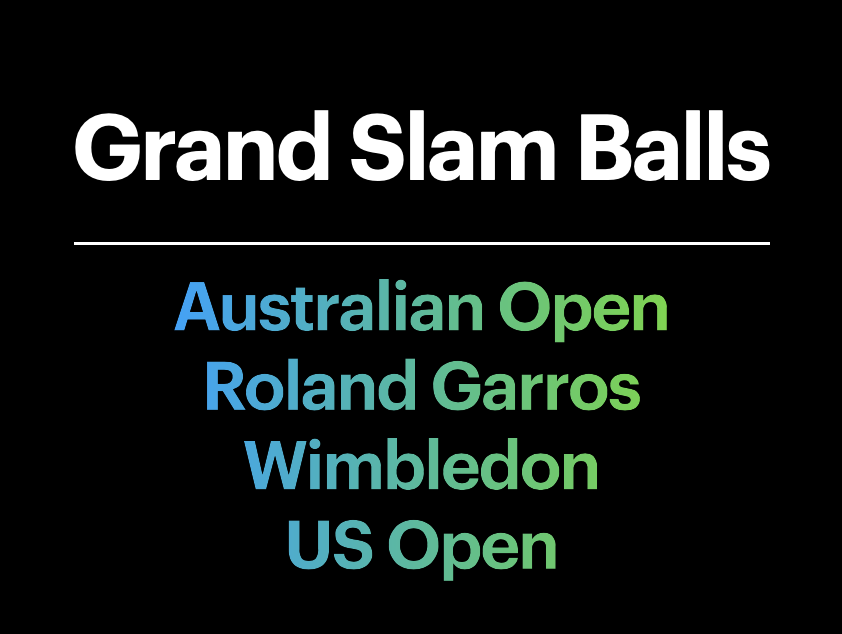


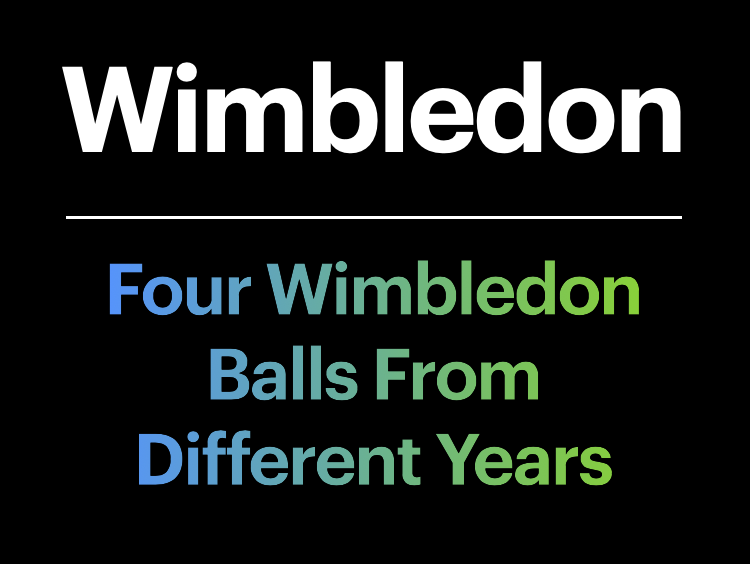


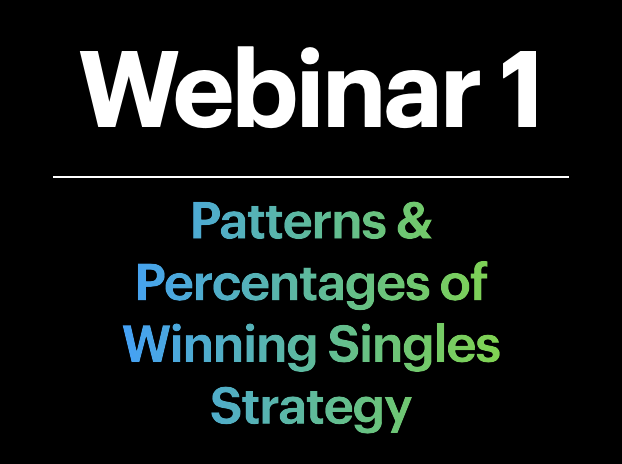


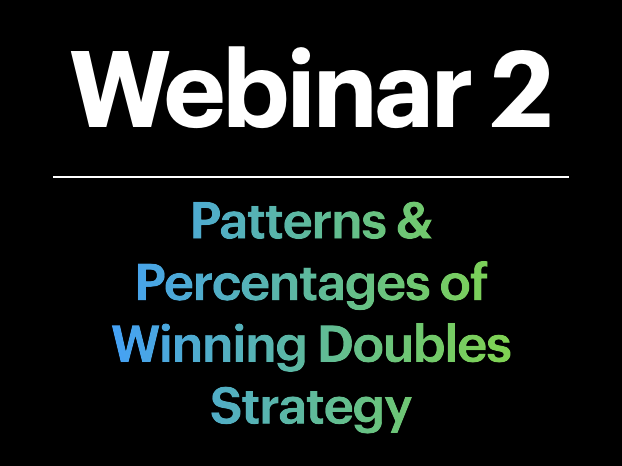


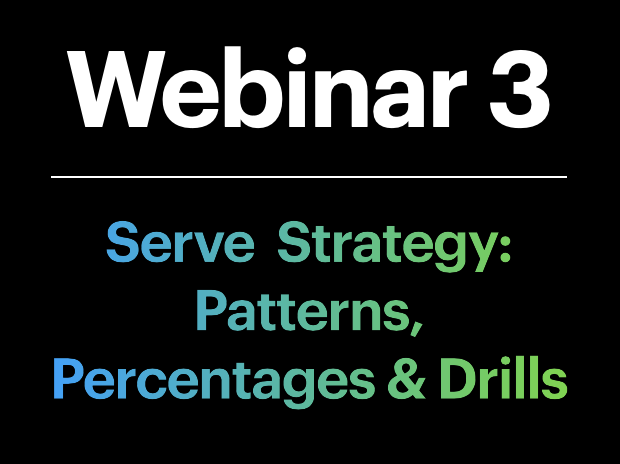


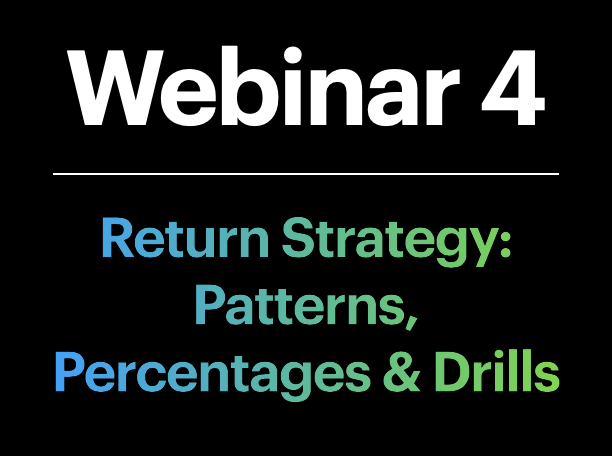


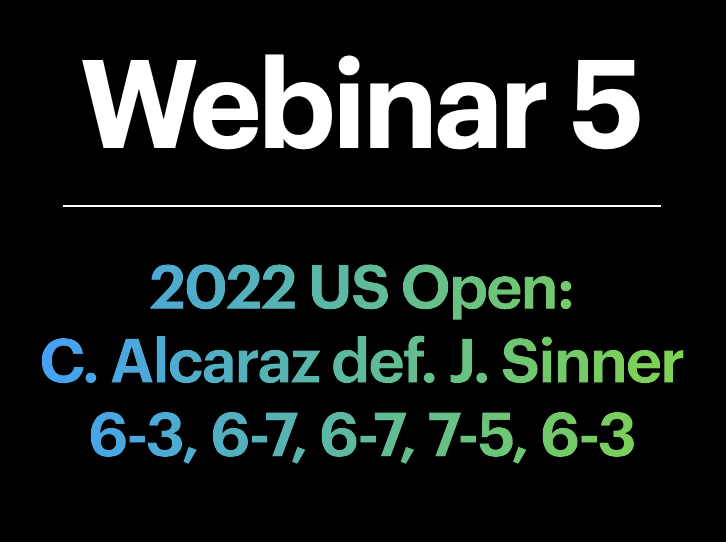


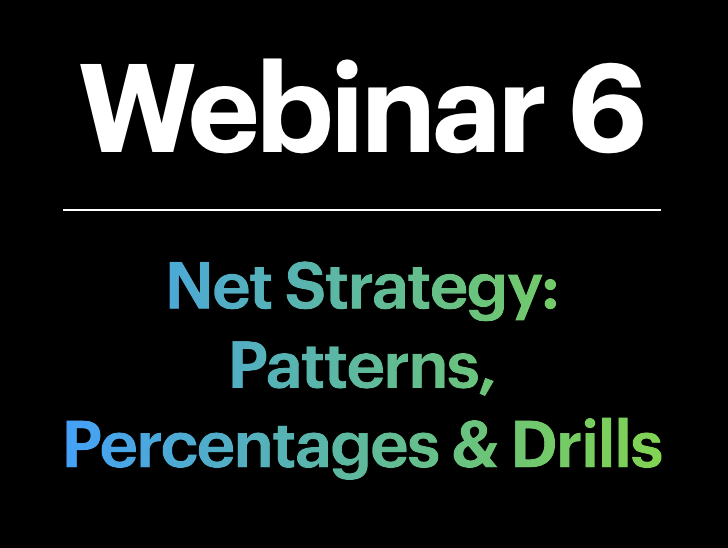


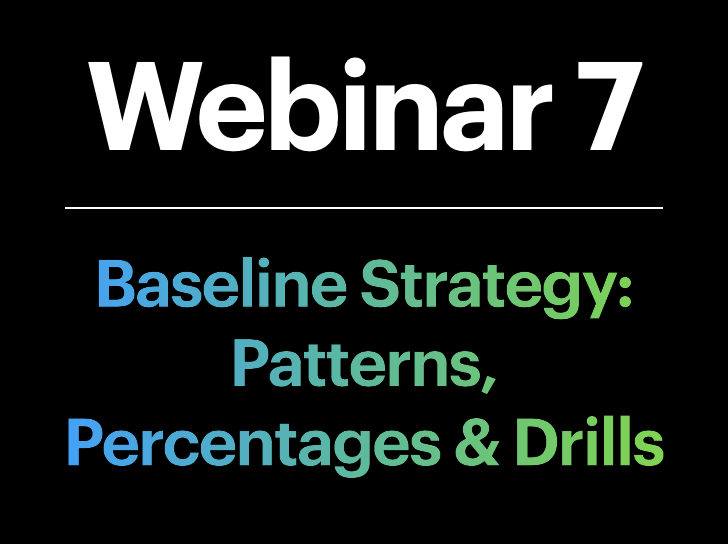


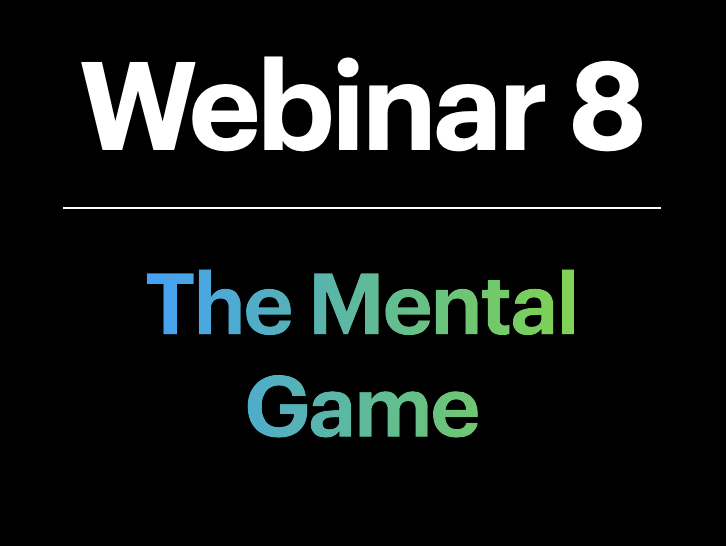


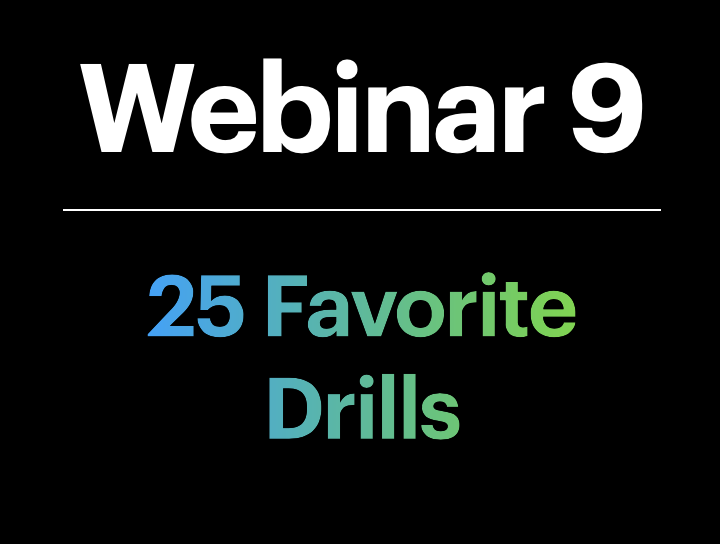


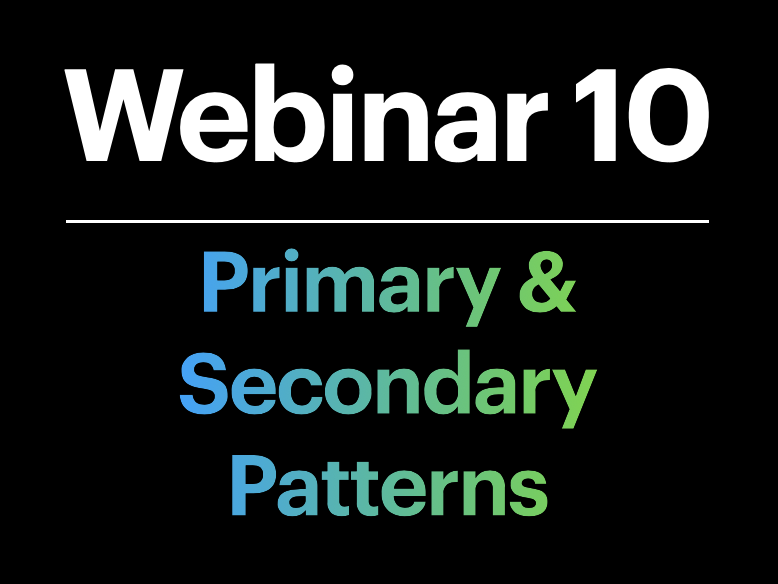


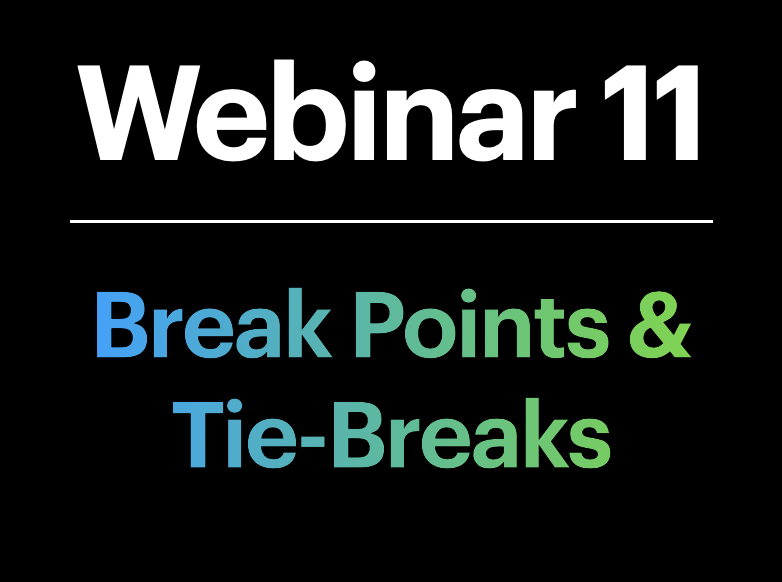


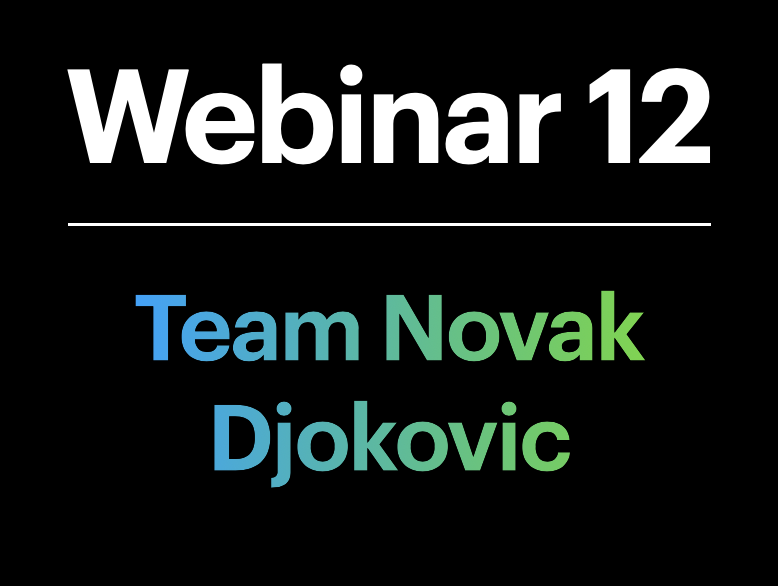


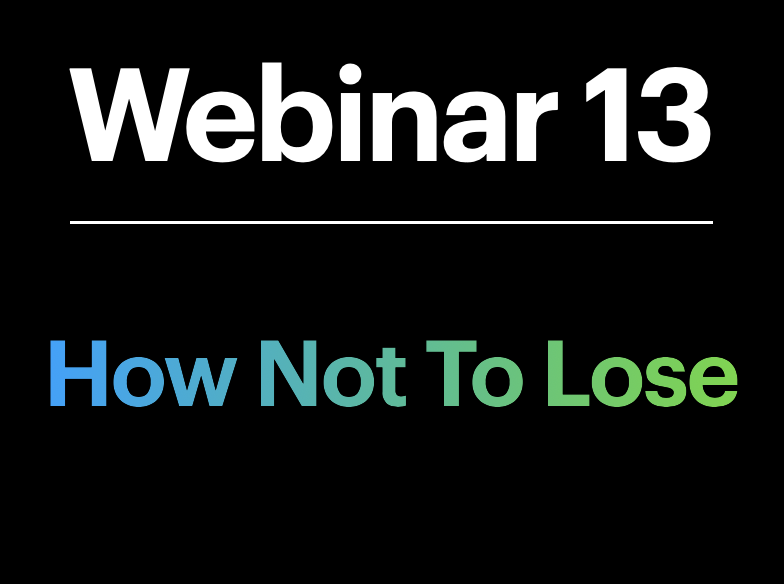


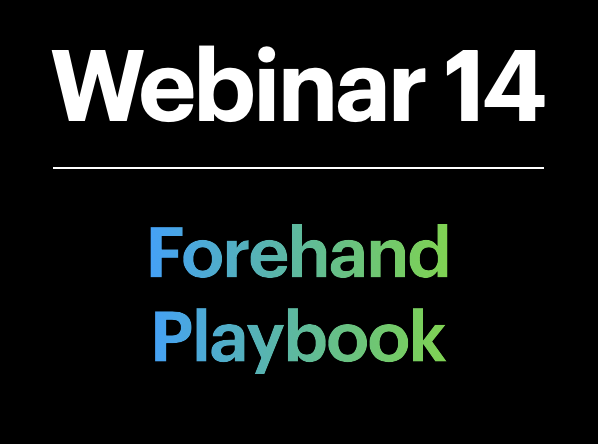


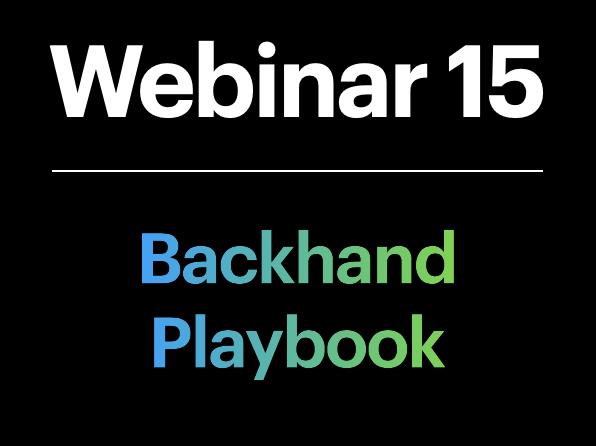


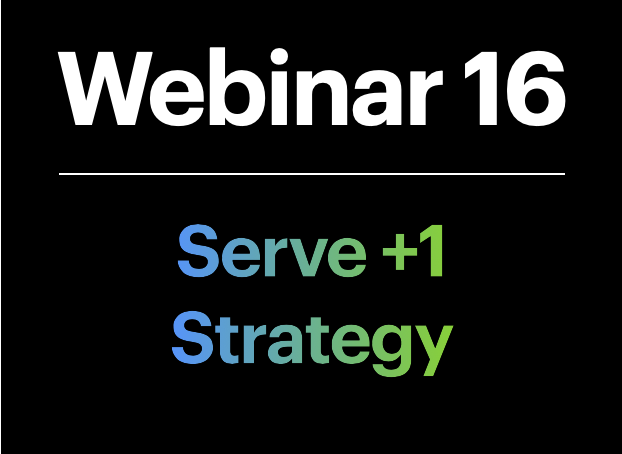


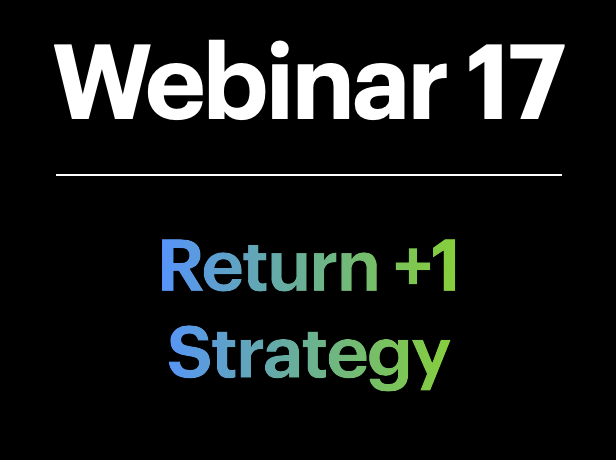


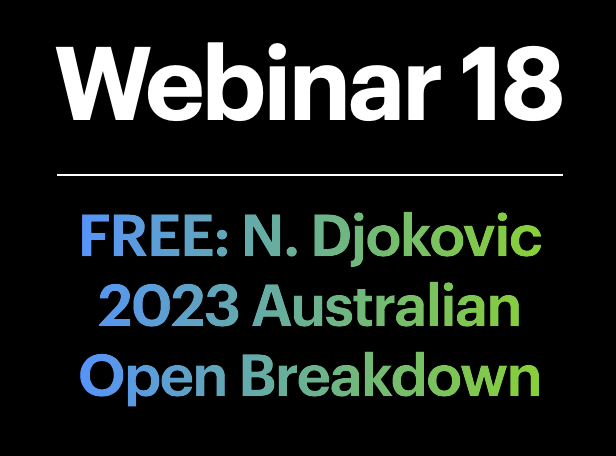


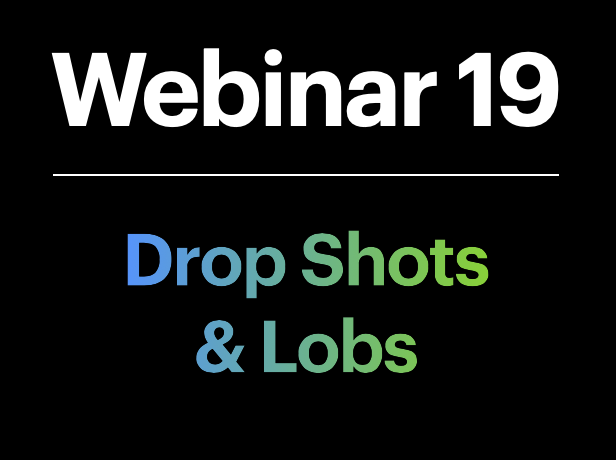


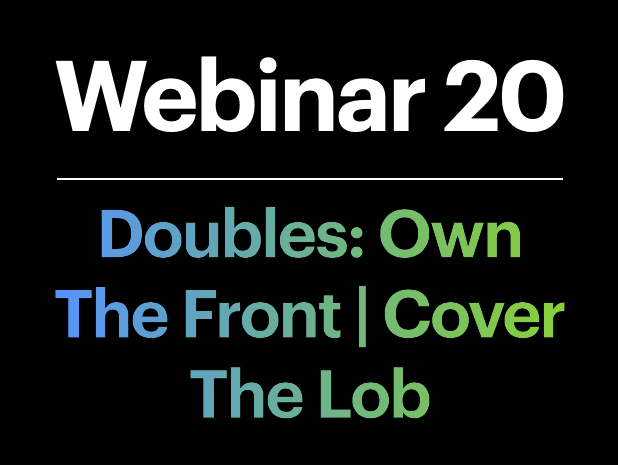


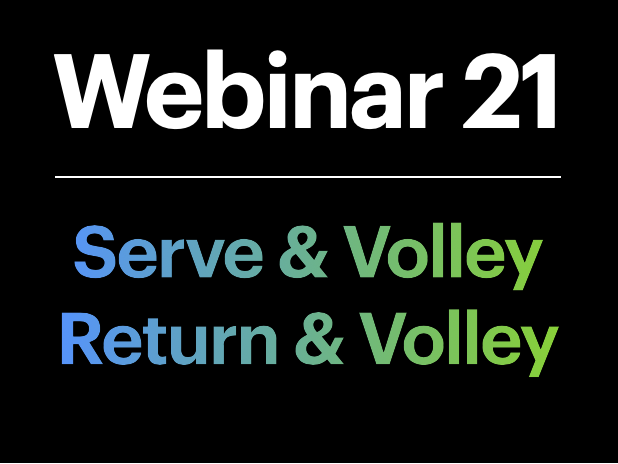


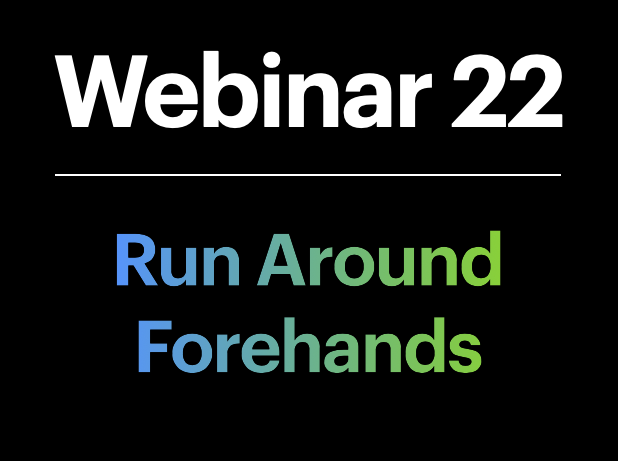


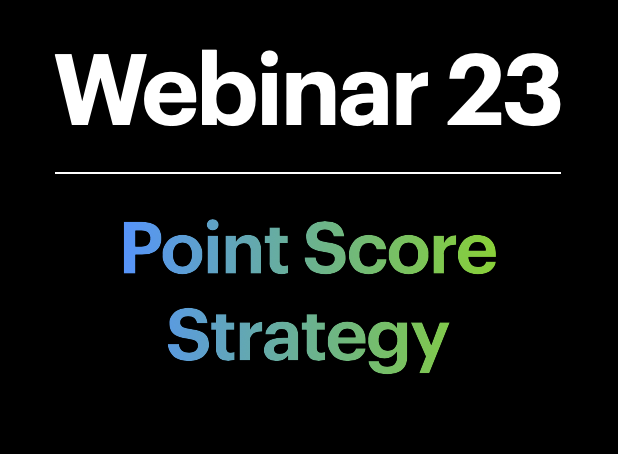


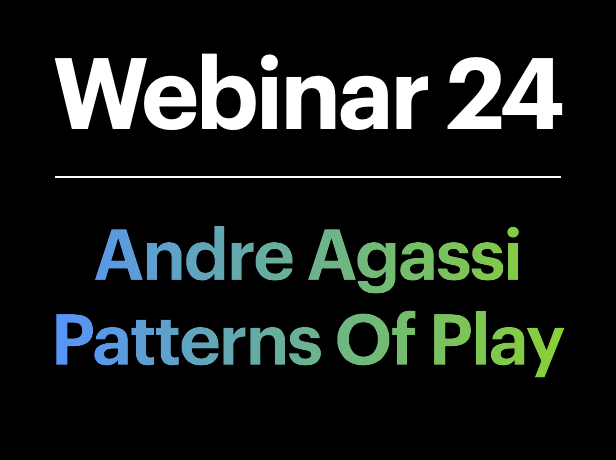


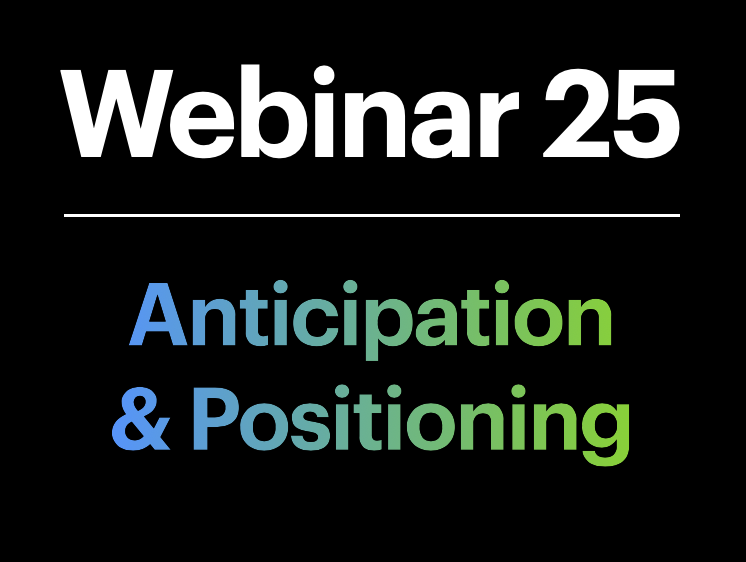


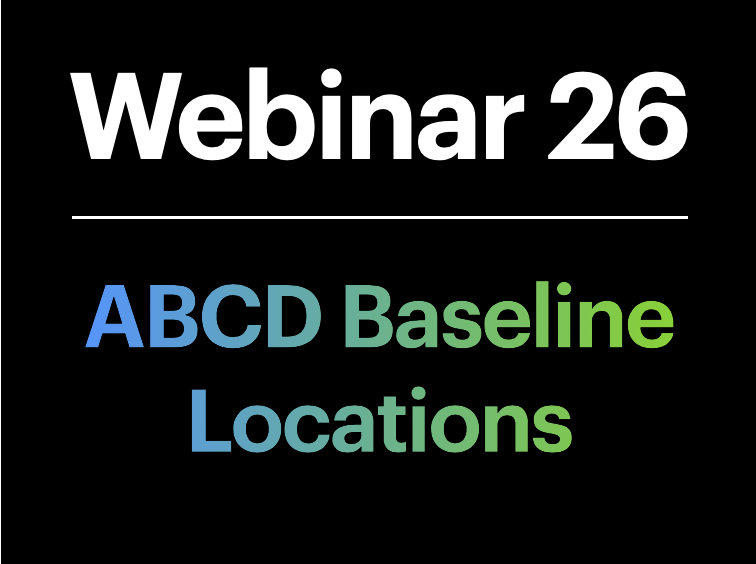


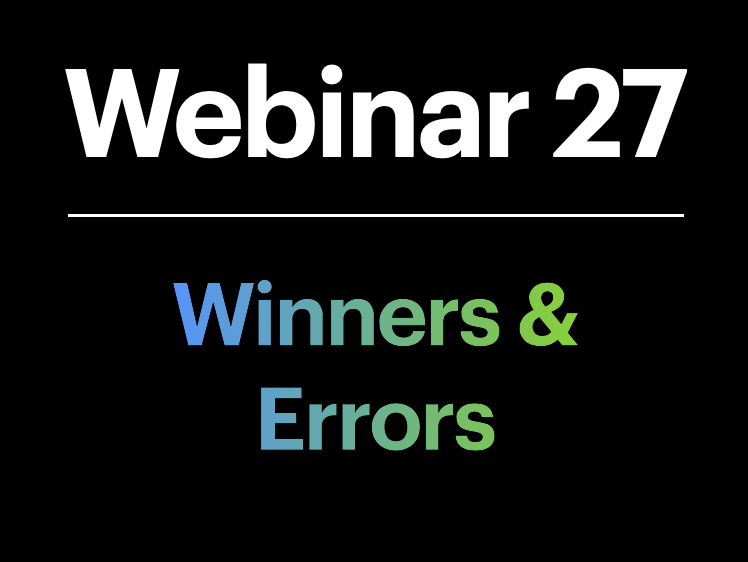


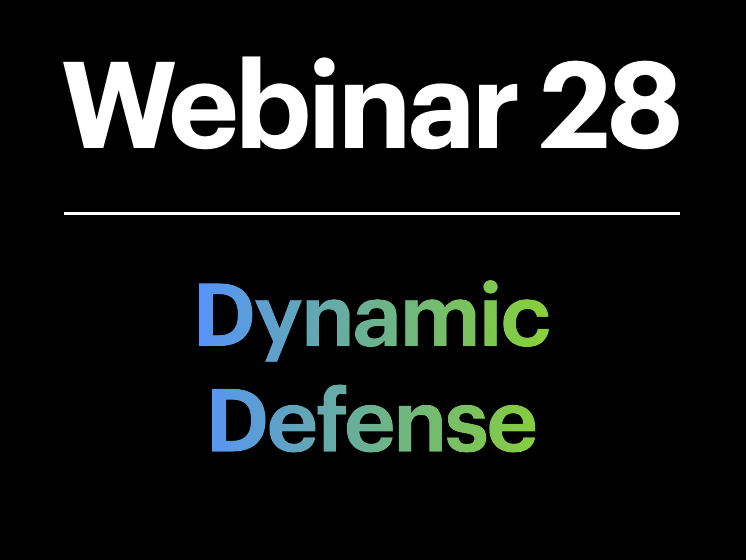


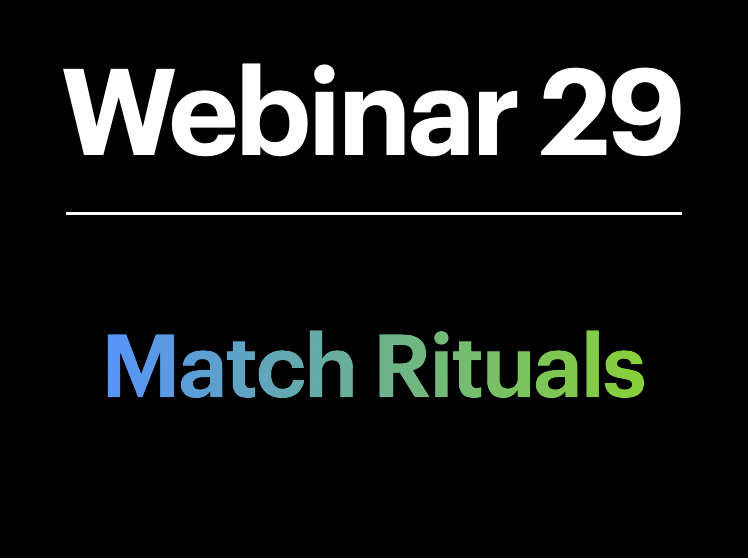


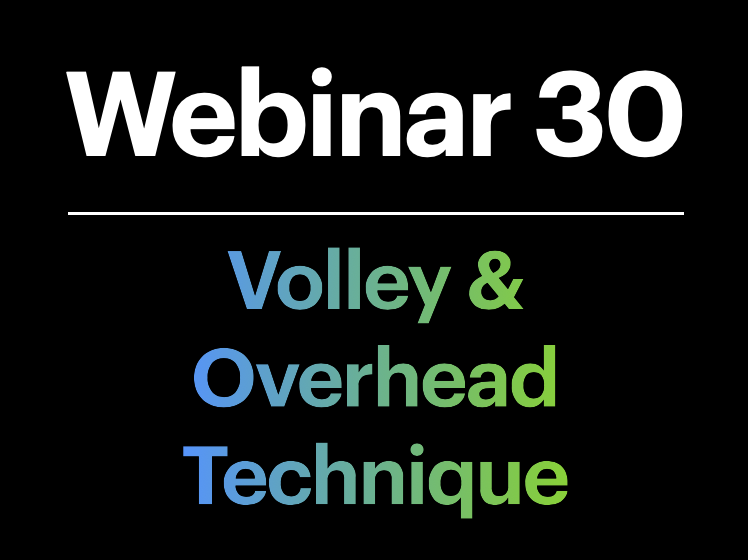


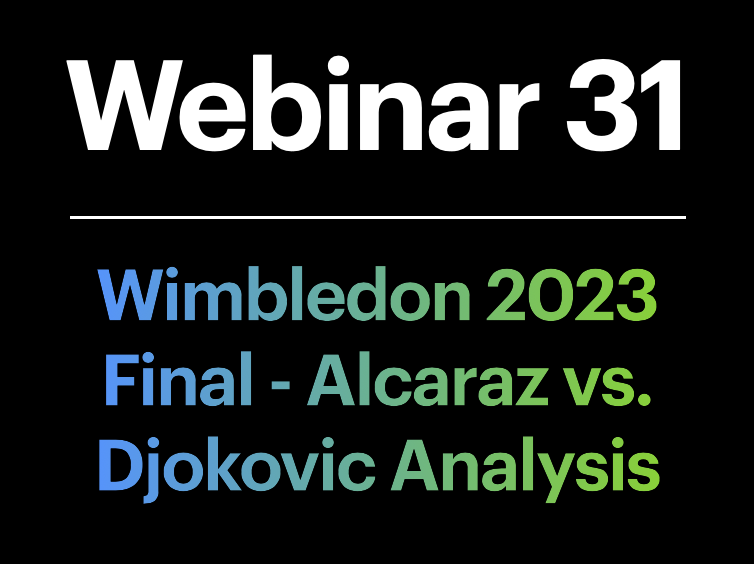


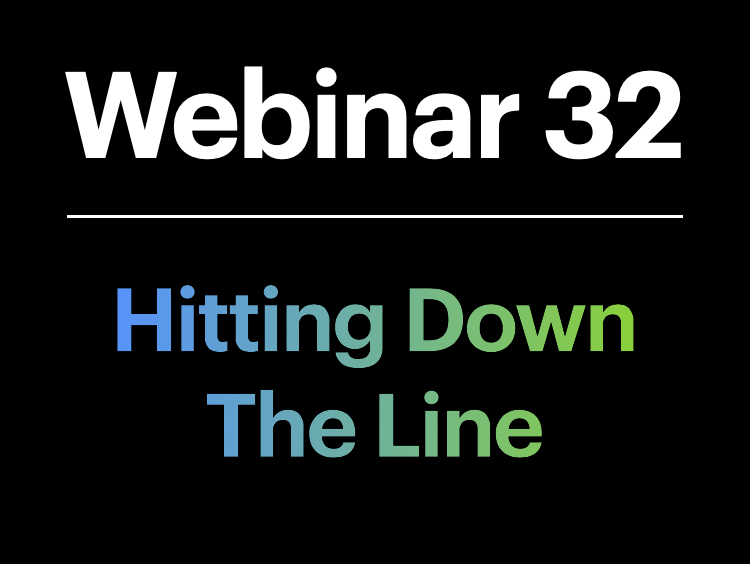
























































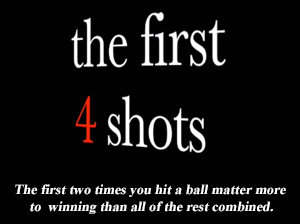


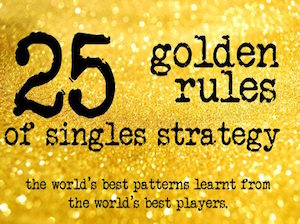


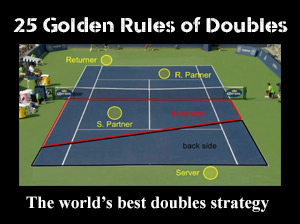


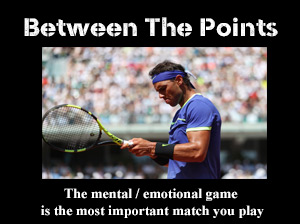








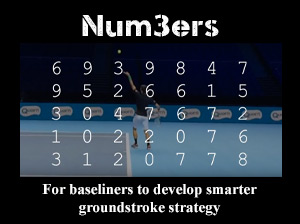


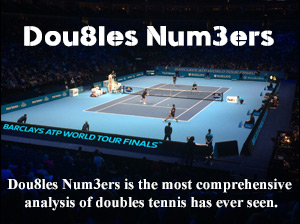





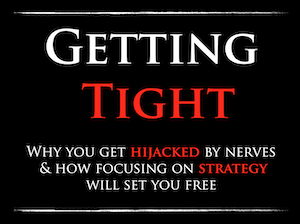


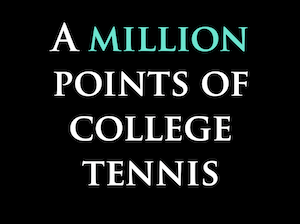


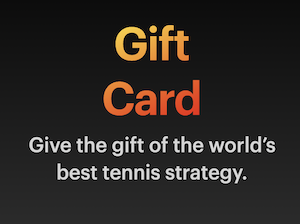




The First 4 Shots - This revolutionary course uncovers that points in tennis are a lot shorter than we ever realized, AND winning these shorter points (in the 0-4 shot rally length) gives you the greatest opportunity to win the match. Learn more.
A Million Points Of College Tennis - Competing at the collegiate level is a dream for junior players from all over the world. This robust course is the blueprint for what matters most to winning at this level. Learn more.
25 Golden Rules of Singles Strategy - Learn the highest percentage patterns of play when serving, returning, rallying, and finishing at the net. Learn more.
Num3ers - this is for baseliners who want to develop a smarter groundstroke strategy based on proven winning match data. Learn more.
Short Ball Hunter - The world says you can't approach the net anymore. The world is wrong! This course is all about learning the right way to come forward to feast on the higher win percentages the net offers. Learn more.
Dirtballer - Consistency, patience, shot tolerance, grinding, and suffering... This has been clay court tennis for years. Dirtballer includes the most groundbreaking data clay court tennis has ever seen. Learn more.
Game Plan - This course is all about the Player Development Pathway, incorporating over 700K points from Under 12, 14, 16 & 18 matches as well as college tennis and the pro tour. Learn more.
Doubles Num3ers - This is a deep dive into doubles analytics that simply doesn't exist anywhere else. For example, more players are staying back in doubles, but right at 80% of winners are still struck at the net. Learn more.
25 Golden Rules of Doubles - There is a lot happening on a doubles court. This course looks at making the right decision in specific situations when serving, returning, and uncovering the most important location on a doubles court - the Center Window. Learn more.
Getting Tight - Getting Tight is a blueprint for tennis players at all levels of our sport to be smarter strategically, stronger mentally, and calmer emotionally. Craig O'Shannessy and Jeff Greenwald combine their specific skill sets to help you with the universal problem all players struggle with in matches - Getting Tight. Craig is widely recognized as the leading tennis strategy analyst in the world and Jeff is an internationally acclaimed sport psychologist and best-selling author of The Best Tennis Of Your Life. Learn more.
Between The Points - Why do players look at their strings so much? How can you control the voices in your head? What should be your between point routine? Do you focus more on yourself or the opponent? All of these critical questions and a lot more are answered in this mental/emotional training course. Learn more.




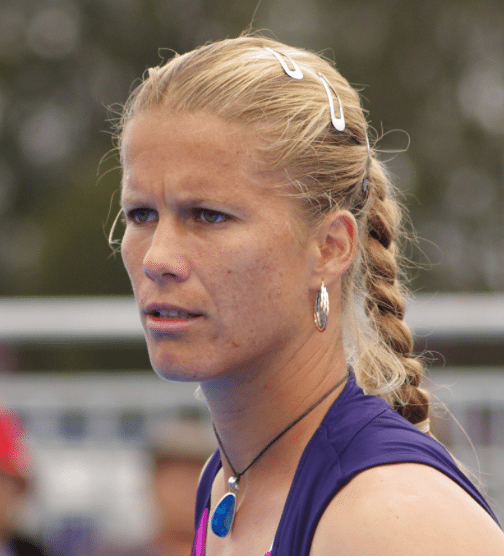

That just ended.
Craig O'Shannessy and Jeff Greenwald combine their specific skill sets to help you with the universal problem all players struggle with in matches - Getting Tight. Craig is widely recognized as the leading tennis strategy analyst in the world and Jeff is an internationally acclaimed sport psychologist and best-selling author of The Best Tennis Of Your Life.
The combination of their specific talents makes this robust 27-chapter video course, with 325 "mini-lessons" a first-of-its-kind.
Learn more here or add Getting Tight to your cart below!
College tennis in the United States is a hotbed of emerging talent from all over the world. There are more than 1100 women's programs and 950 men's programs in five different divisions in the 2019/20 season.
Programs from all levels send match videos to Tennis Analytics to be "tagged" so a match report is compiled and the match footage can be watched by the coaches and players. From 2015-2020 Tennis Analytics "tagged" 1,110,119 points of play, which have been pooled together to create this course.
This course is an absolute "must-have" if you are a junior player or coach to learn the blueprint of what matters most to winning at the collegiate level. It is obviously an invaluable tool for college players and coaches as well.
Learn more here or add A Million Points Of Tennis to your cart below!
You think it is the start of the point. It's actually the end. The First 4 Shots clearly shows that we spend way too much time practicing what hardly happens in a match. Points are "front loaded". By far the majority of the action, and the winning, takes place in The First 4 Shots. The practice court is full of long rallies. Matches are dominated by short rallies. There is a massive disconnect occurring. It's overkill.
We spend too much time grinding, banging balls up and down the middle of the court – that have no real benefit to winning tennis matches. If winning matters to you, The First 4 Shots will completely change how you organize your practice court, and go about your business of winning tennis matches.
There are 3 specific rally lengths in tennis. Here is their percentage breakdown of total points.
The First 4 Shots is specifically the serve, return, Serve +1 groundstroke and Return +1 groundstroke. Those are normally the shots that get practiced the least, but matter the most to winning tennis matches. Also contained in the First 4 Shots of a point are the average rally length and the mode - the most common rally length in tennis. Rich data is provided in the following six levels - Under 12's, 14's, 16's, 18's, College & Pro.
Learn more here or add The First 4 Shots to your cart below!
You can break tennis down into four key elements - serving, returning, rallying and approaching. Each part has specific patterns of play that consistently deliver higher winning percentages than the others. No more guessing. No more opinions. All facets of our sport are covered in this exceptional product, clearly outlining what patterns to gravitate to, and how to best construct the practice court. Data comes primarily from the 2015 Australian Open.
Building Blocks
You can simply break tennis down into primary and secondary patterns of play - and they are all covered here. Primary patterns include serve and return direction, forehands v backhands, and the best way to approach the net. Secondary patterns include drop shots, serve & volley and 1st volley options. If you play tournaments, this product will greatly help you simplify the singles court.
Learn more here or add The 25 Golden Rules of Singles to your cart below!
In this course, you'll see data from under 12's, all the way to the Top 10 in the world.
What you'll learn is that the numbers say the same thing, and they don't lie! We're spending too much time practicing the wrong things.
Ever wonder why some juniors, college players, or even pros plateau at a certain level. This course will show you why & how to fix it. After understanding the data and analysis, you'll have a clear gameplan for improving to the next level.
Improvement in tennis starts with practice. Finally, start practicing the right way!
Learn more here or add Gameplan to your cart below!
Everything you thought about clay court tennis transforms.
We thought clay court tennis required longer rallies, more patience, and grinding from the baseline. We. Were. Wrong.
Dirtballer is the most comprehensive analysis of clay court tennis our sport has ever seen. You will see analysis of over 25 of the biggest clay court matches since 2012, and big data on Roland Garros. There has never been a comparison of clay court tennis vs hard courts like this.
Dirtballer also has 7 lessons dedicated to uncovering what makes Rafael Nadal so good on clay. You'll see data and analysis on Nadal's clay court matches vs hard court matches to find the areas of the game that really make Rafa the King of Clay.
Learn more here or add Dirtballer to your cart below!
If you love playing tennis for fun, spend as much time at the baseline as you like. But if you compete – if the score matters – then you must turn your attention to the net to maximize your potential.
The “herd mentality” in tennis thinks it’s too tough to approach the net in today’s game. The conversation starts with improved string technology, more powerful rackets, and finishes with stronger, faster athletes. The herd think approaching is a relic of the past. Simply not so.
Welcome to a better way. A higher percentage, proved way to win more matches. Short Ball Hunter uses facts to dispel myths. We don’t need to listen to opinion anymore when we have clear, concise data to analyze. The facts are indisputable. The net is a fantastic place to play at all levels of the game!
Learn more here or add Short Ball Hunter to your cart below!
The baseline is a tough place to create separation. Here's how to do it. At the 2012 US Open, only 7 men and 14 women had a winning percentage from the baseline. At Wimbledon 2016, Andy Murray won the title only winning 52% of his baseline points - and he is one of the very best at it in the world!
Num3ers deeply explores the data that rules points, especially from the back of the court. Take a "deep dive" into all three rally lengths (0-4, 5-8, 9+), and winner and errors totals from the elite level of our game. The numbers will shock you!
All 4 Grand Slams
Num3ers is very much like putting a jigsaw puzzle together. It's about bringing together different data sets together to create the big picture. Num3ers has huge implications for the practice court, and even predicts the direction our sport is headed. Let's get ahead of the curve, and know what direction success is most likely attained.
Learn more here or add Num3ers to your cart below!
There is a lot happening on a doubles court. Situations and strategies are constantly being adjusted to create mis-matches with court position. It's hard to keep track of - until now. Dou8les Num3ers is the most comprehensive analysis of doubles data in our sport. The focus is on how a point ends, and it's broken down eight ways to Sunday. Specifically, you find critical information on:
Dou8les Num3ers leaves no stone unturned. Percentage breakdowns of how often the server or receiver hits the last shot highlight the dramatic influence of the serve. The last shot of the rally is significant, and is broken down into the following categories: volleys, overheads, passing shots, lobs and groundstrokes.
Learn more here or add Doubles Num3ers to your cart below!
The doubles court is like an hourglass. There are two big ends, but a small neck in the middle where all the action happens. Once you learn the power of the Center Window, where you stand to start the point will take on a lot more significance.
Doubles is a lot more about situations, with four people on the court all "dancing" with one another. Learn all the best doubles patterns, broken down for the server, returner, server's partner and the returner's partner.
Doubles Situations
There are certain parts of the court that the ball travels to a lot, and other low percentage areas that you really don't want to cover at all - like the alley! In general, the serving team wants to keep the ball in the middle of the court as much as possible (to help the server's partner), while the returning team benefits from hitting wider and creating more chaos in the point.
Learn more here or add The 25 Golden Rules of Doubles to your cart below!
When you walk out onto a tennis court, there are two matches that you are about to play. The first is during the point - a part of the match that you have spent a lot of time preparing for on the practice court. But there is a second match, that takes place in the 20 seconds between the points. This is where the mental and emotional aspects of our sport kick in.
Let's face it, there will be adversity in almost every tennis match that you play. The storm clouds are coming. How bug they are, and how long they last for, are up to you.
Between the points is very tennis specific. It provides a roadmap for the 20 seconds between the points, teaching how to handle the adversity that will surely come, and how to build on the successes that will also be present. Your mind is your biggest asset in a match, and Between the Points takes your hand off the self destruct button and stops you beating yourself.
Learn more here or add Between The Points to your cart below!


33% off when you buy all 10 courses. Save over $400!






































































































































































































